Central gives multidisciplinary teams a space to collaborate in the cloud. Whether you’re a geologist, geophysicist, engineer, manager, or stakeholder – everyone can keep abreast of project changes as they happen. Central is your shared workspace wherever you are in the world, making projects more accessible, shareable and collaborative, with all new visualisation capability.
IDEA StatiCa Software

Calculate Yesterday's Estimate
IDEA StatiCa Connection can design all types of welded or bolted connections, base plates, footing and anchoring. It provides precise checks, results of strength, stiffness and buckling analysis of a steel joint. Bolts, welds and concrete blocks are checked according to EN/AISC/CISC/AU/SP 16. Templates for most-used connections are available as well as wide range of predefined hot rolled and sheet welded members.Leapfrog Works
Perform 3D
NON-LINEAR ANALYSIS AND PERFORMANCE ASSESSMENT FOR 3-D STRUCTURES
Traditionally, earthquake-resistant design has been strength-based, using linear elastic analysis. Since inelastic behavior is usually allowed for strong earthquakes, this is not entirely rational. Strength-based design considers inelastic behavior only implicitly. Displacement-based (or deformation-based) design considers inelastic behavior explicitly, using nonlinear inelastic analysis. Displacement-based design recognizes that in a strong earthquake, inelastic deformation (or ductility) can be more important than strength. PERFORM-3D allows you to use displacement-based design. Procedures for displacement-based design using inelastic analysis are specified in ASCE 41, “Seismic Rehabilitation of Existing Buildings”. ASCE 41 applies to the retrofit of existing buildings, but the procedures can be applied to the design of new buildings. PERFORM-3D implements the procedures in ASCE 41. However, PERFORM-3D is a general tool for implementing displacement-based design. It is not limited to ASCE 41. The response of a structure to earthquake ground motion, whether elastic or inelastic, is highly uncertain. Capacity design is a rational way to improve the response of a structure in a strong earthquake, by deliberately controlling its behavior. Capacity design controls the inelastic behavior of a structure, by allowing inelastic behavior only in locations chosen by the designer. In these locations the structural components are designed to be ductile. The rest of the structure remains essentially elastic, and can be less ductile. Controlling the behavior in this way improves reliability, reduces the amount of damage, and can reduce construction costs. PERFORM-3D allows you to apply capacity design principles. PERFORM-3D has powerful capabilities for inelastic analysis, but it is not intended for general purpose nonlinear analysis. If you have no idea how your structure will behave when it becomes inelastic in a strong earthquake, PERFORM-3D can probably help you to identify the weak points, and hence can guide you in improving the design. However, PERFORM-3D is not intended for “design by analysis”, where the engineer expects the analysis to determine exactly how a structure will behave. PERFORM-3D is a powerful tool for implementing displacement-based design and capacity design. It will help you to produce better designs, but it will not do the engineering for you.QUAKE/W
SAFE
INTEGRATED DESIGN OF SLABS, MATS AND FOOTINGS
SAFE is the ultimate tool for designing concrete floor and foundation systems. From framing layout all the way through to detail drawing production, SAFE integrates every aspect of the engineering design process in one easy and intuitive environment. SAFE provides unmatched benefits to the engineer with its truly unique combination of power, comprehensive capabilities, and ease-of-use. SAFE couples powerful object-based modelling tools with an intuitive graphical interface, allowing the quick and efficient modelling of slabs of regular or arbitrary geometry with openings, drop panels, post-tensioning, ribs, edge beams, and slip joints, supported by columns, walls, or soil. Design is seamlessly integrated with the modelling and analysis and provides comprehensive reporting of the required reinforcement calculated based on a chosen design code. Detailed drawings may be produced effortlessly for slabs and beams designed using SAFE. SAFE may be used as a stand-alone application, or may be used in conjunction with ETABS or SAP2000 to complete analysis, design, and detailing of concrete floor plates created in ETABS or SAP2000.SAP2000

INTEGRATED SOFTWARE FOR STRUCTURAL ANALYSIS AND DESIGN
SAP2000 is general-purpose civil-engineering software ideal for the analysis and design of any type of structural system, including stadiums, towers, industrial plants, offshore structures, piping systems, buildings, dams, soils, machine parts and many others. Basic and advanced systems, ranging from 2D to 3D, of simple geometry to complex, may be modeled, analyzed, designed, and optimized using a practical and intuitive object-based modeling environment that simplifies and streamlines the engineering process. Created by engineers for effective engineering, SAP2000 is the ideal software tool for users of any experience level, designing any structural system.SEEP/W
GROUNDWATER FLOW ANALYSIS
SEEP/W is a powerful finite element software product for modeling groundwater flow in porous media. SEEP/W can model simple saturated steady-state problems or sophisticated saturated / unsaturated transient analyses with atmospheric coupling at the ground surface.
Add SEEP3D to SEEP/W to analyze 3D groundwater flow using the same comprehensive set of material models and boundary conditions.
SIGMA/W
STRESS AND DEFORMATION ANALYSIS
SIGMA/W is a powerful finite element software product for modelling stress and deformation in soil, rock, and structures. SIGMA/W analyses may range from simple linear elastic simulations to soil-structure interaction problems with nonlinear material models.
SIGMA/W enables you to analyze a broad class of problems in the civil and mining sectors due to its extensive material model library and rigorous formulation. With SIGMA/W, you can analyze complex consolidation problems, stability of soil and rock slopes, soil-structure interaction problems, and much more.





